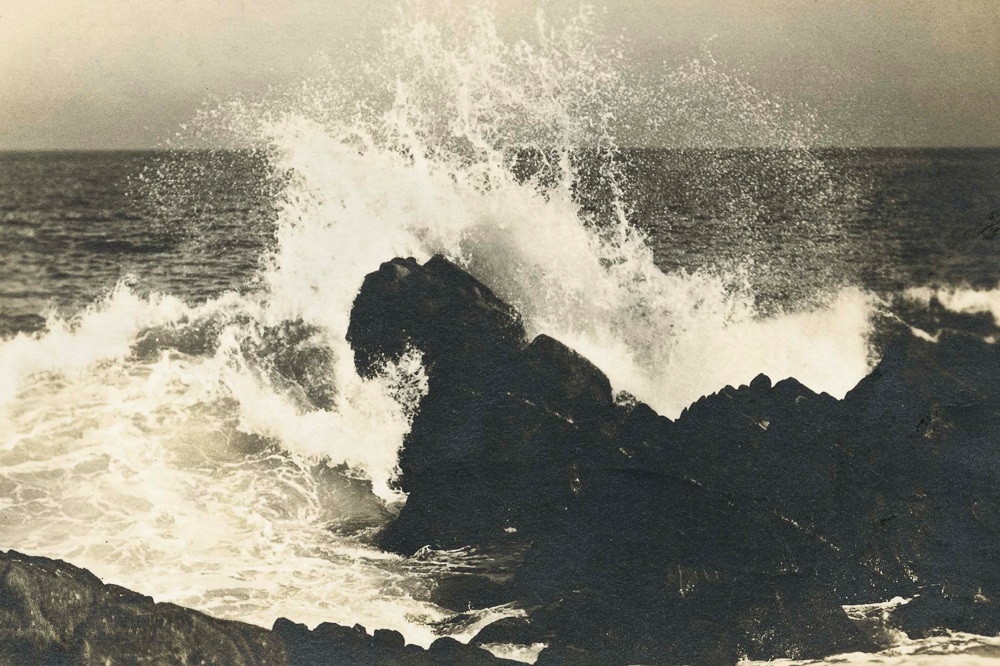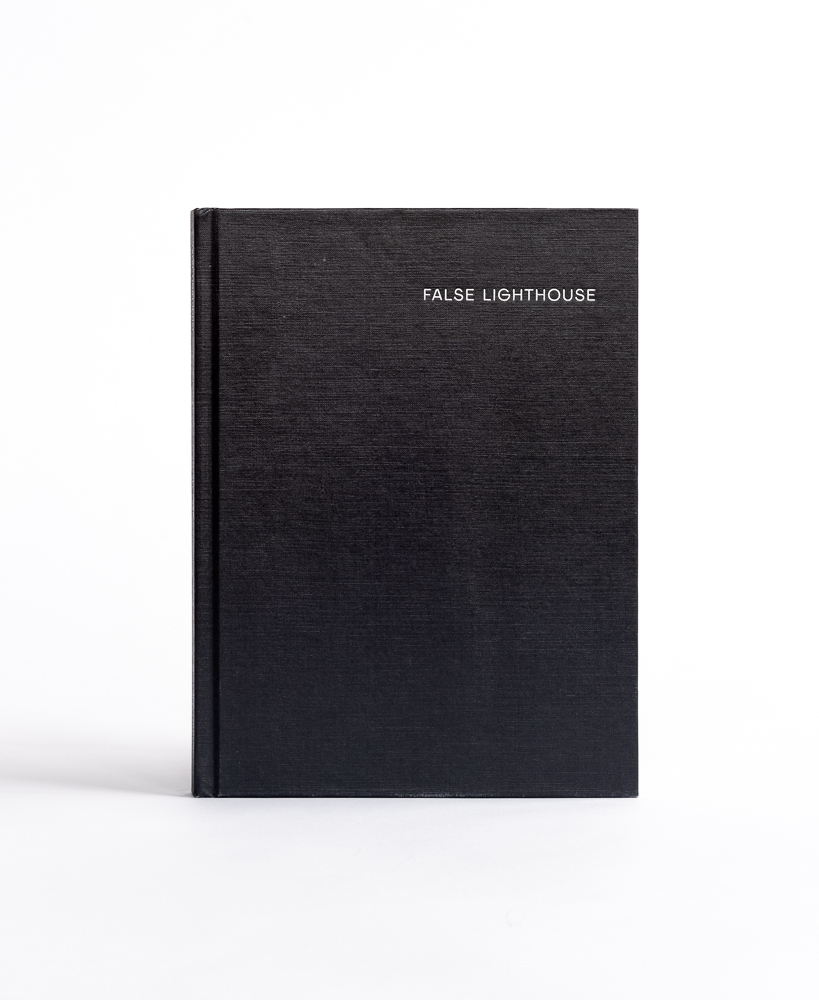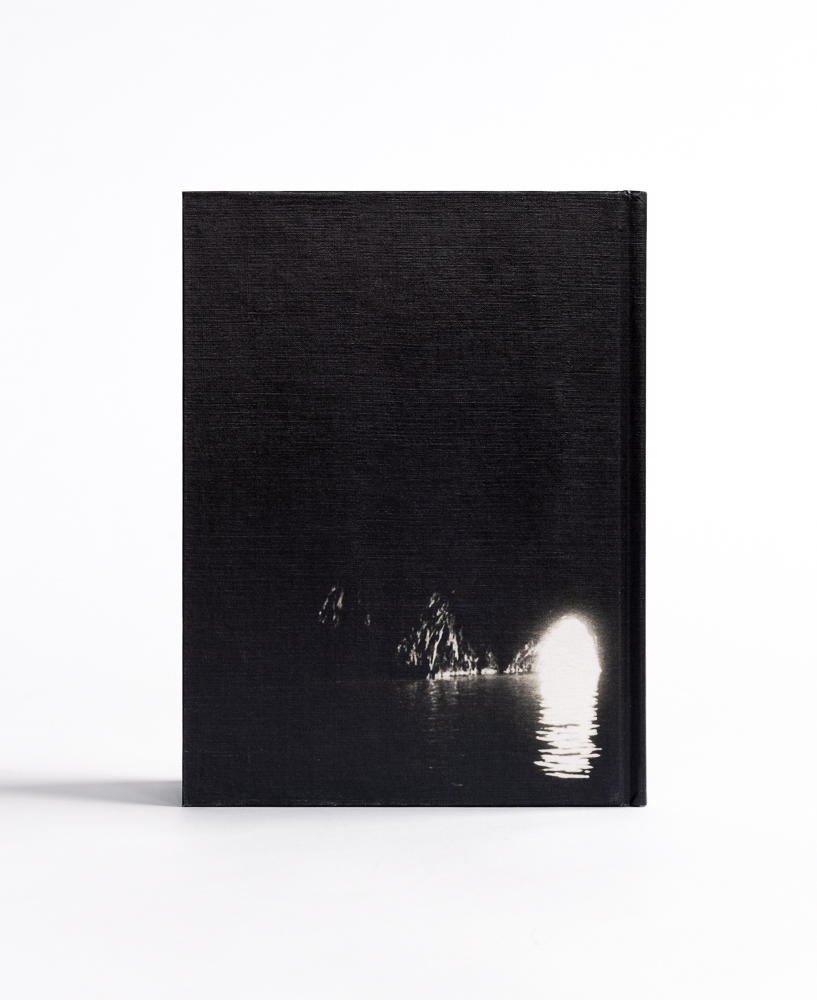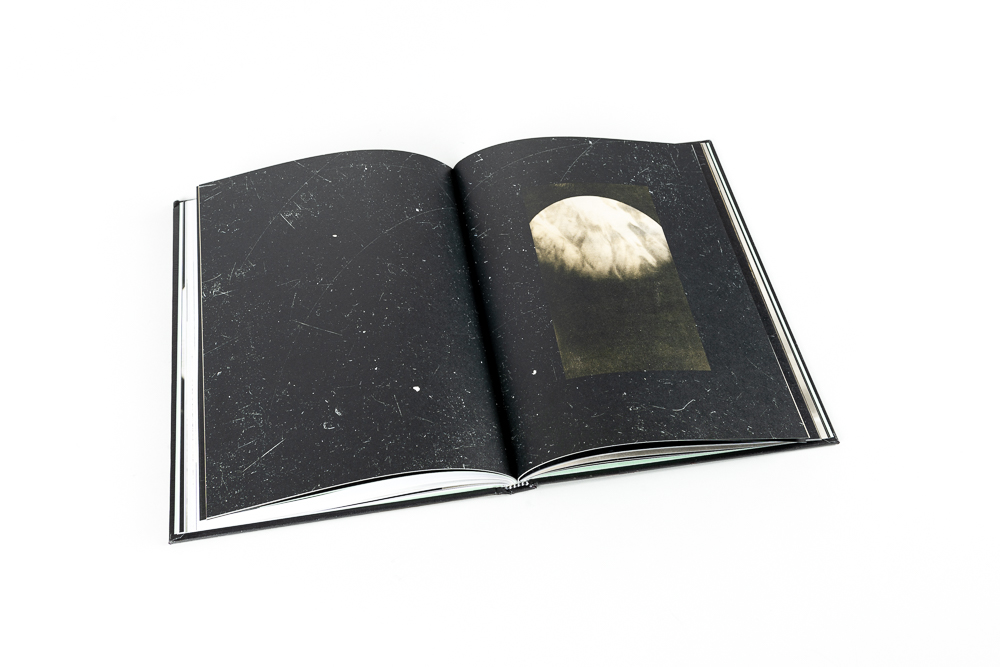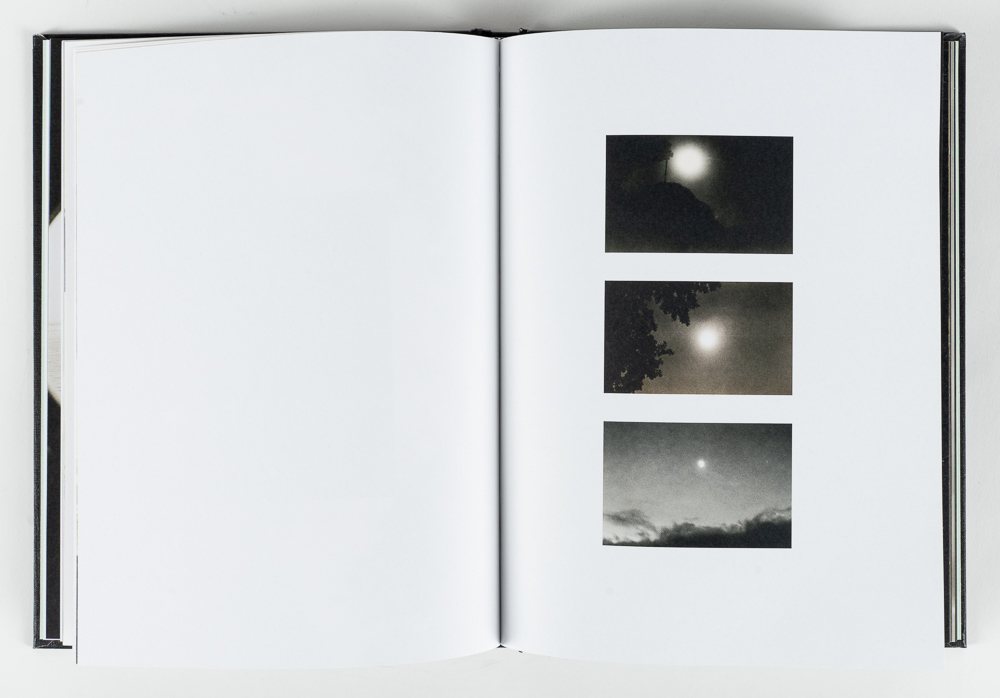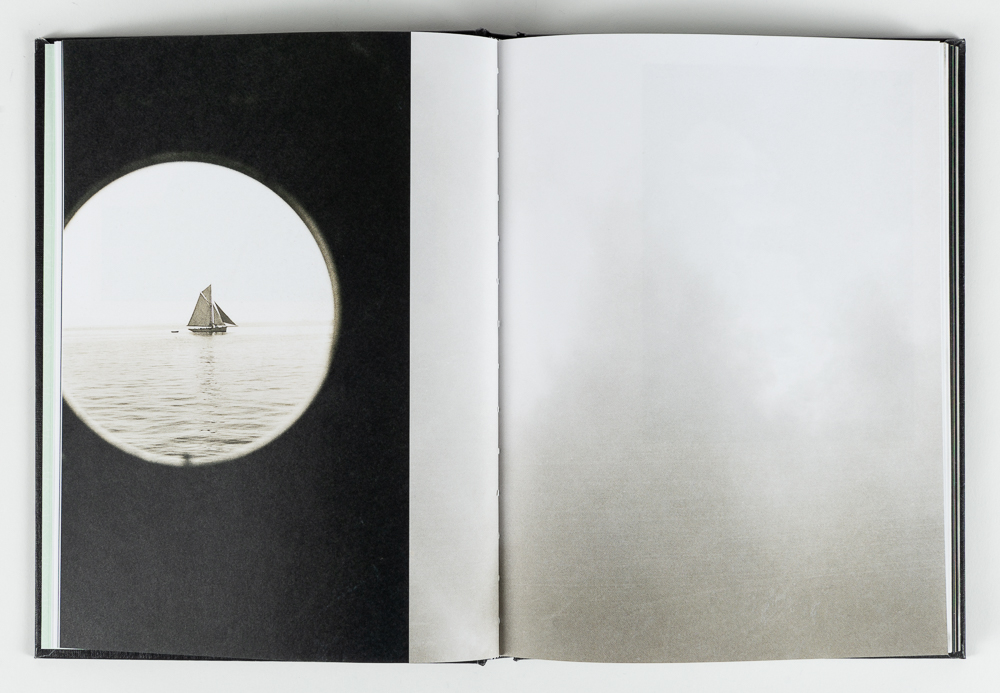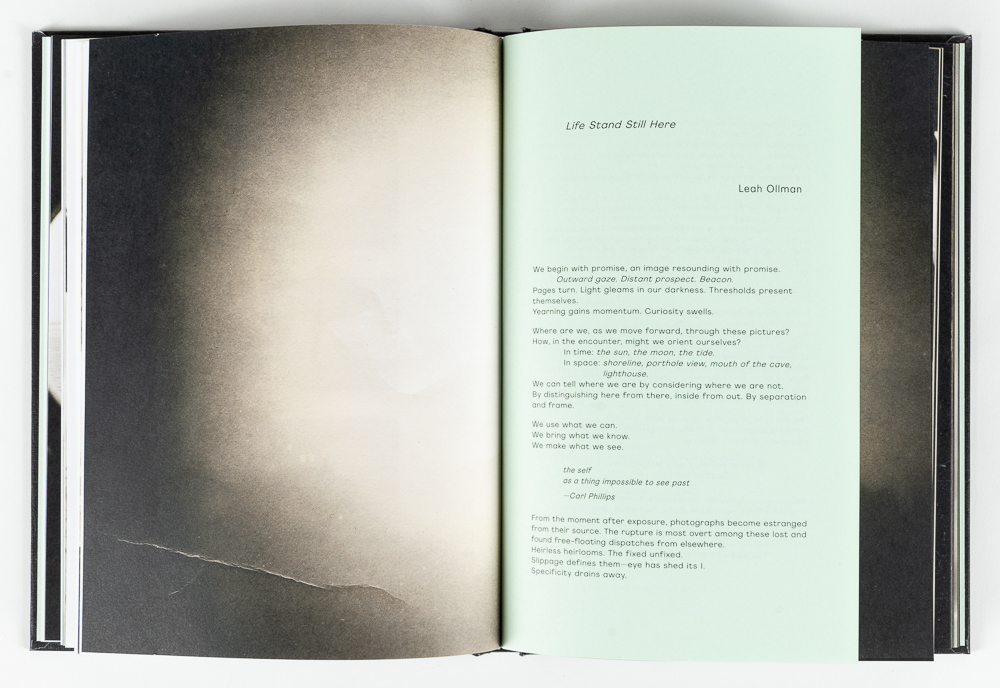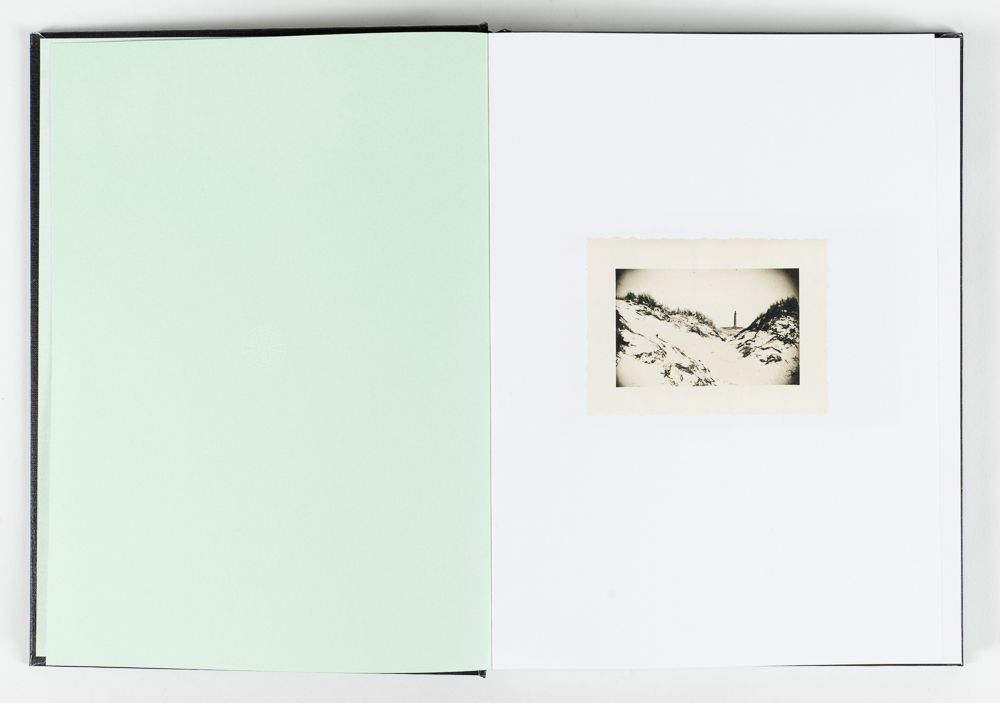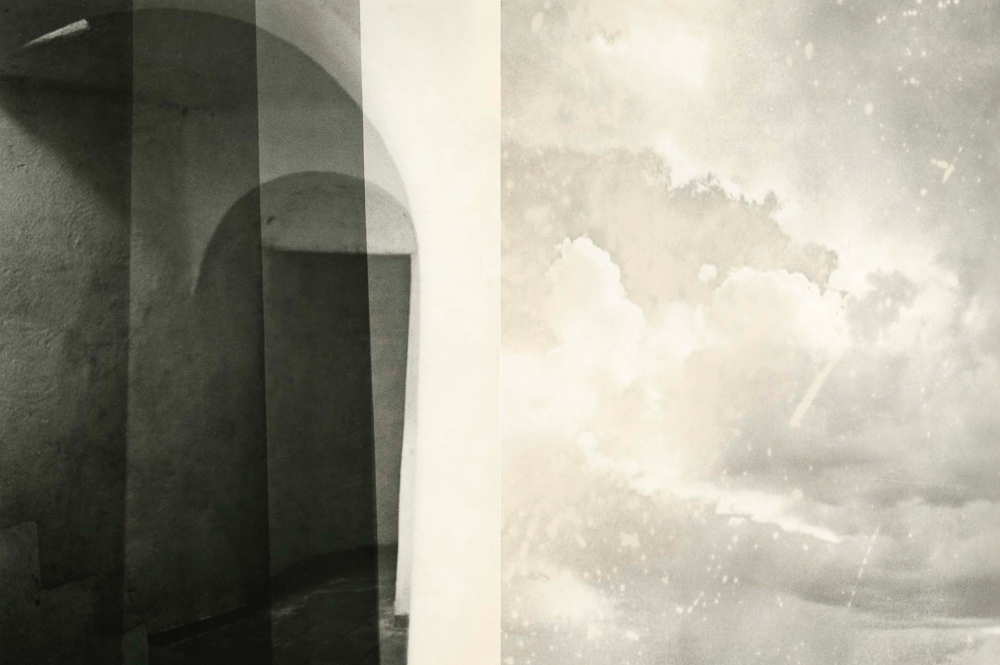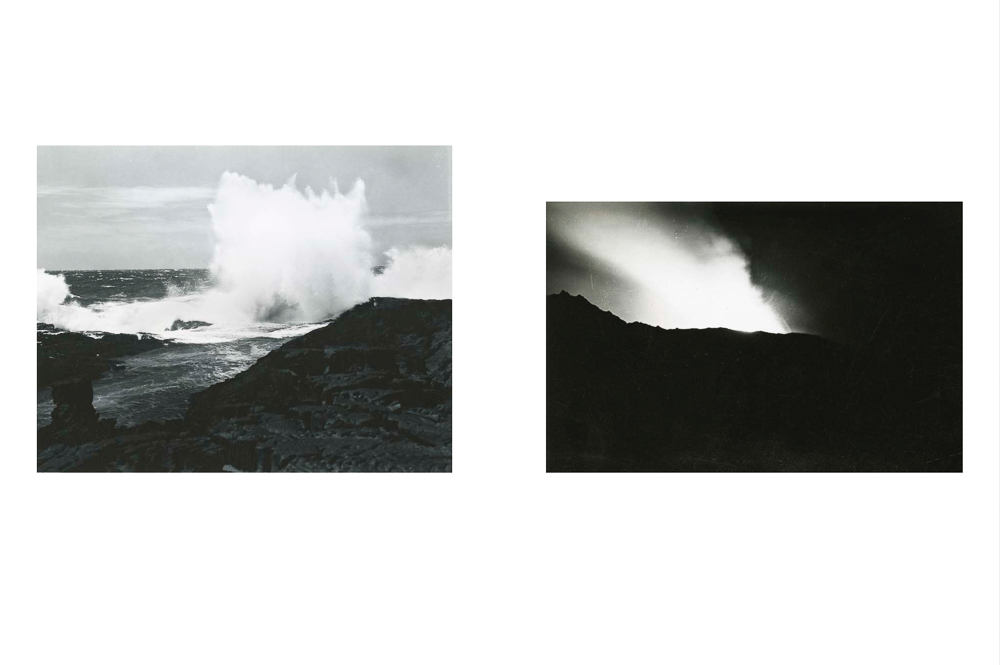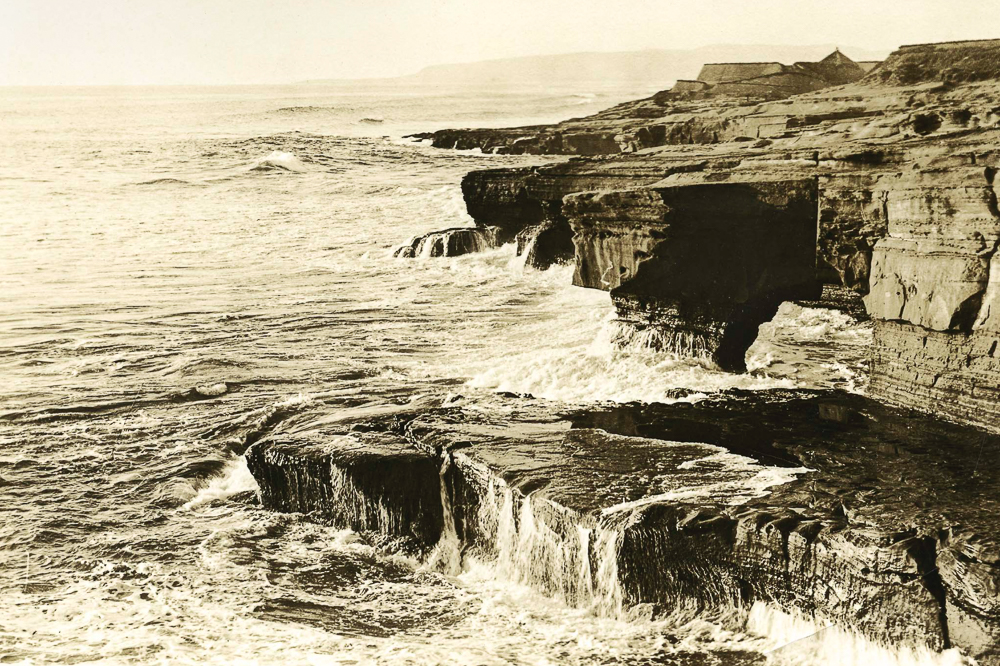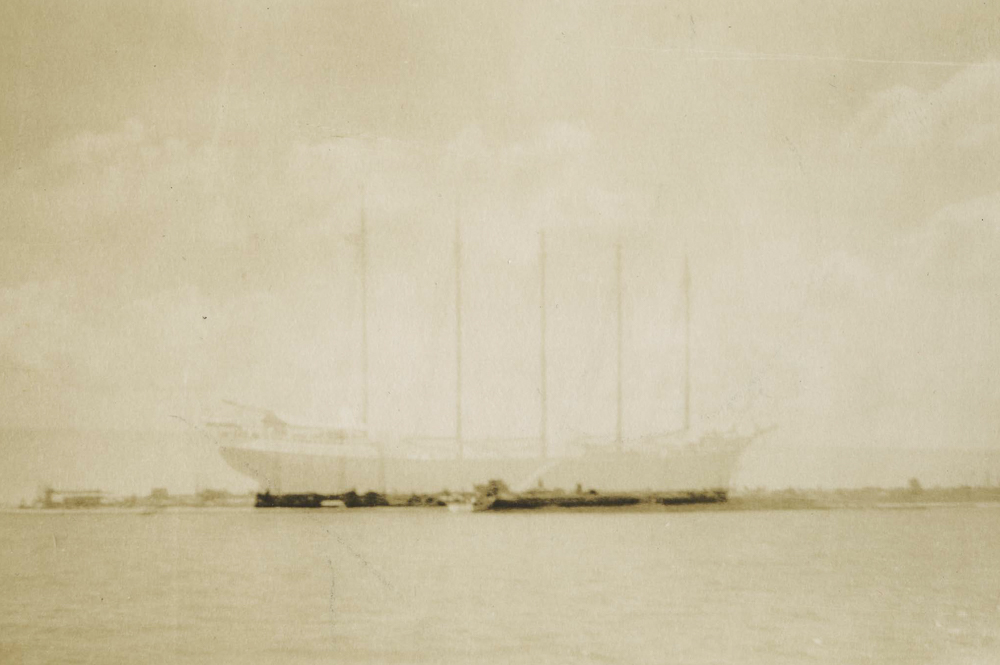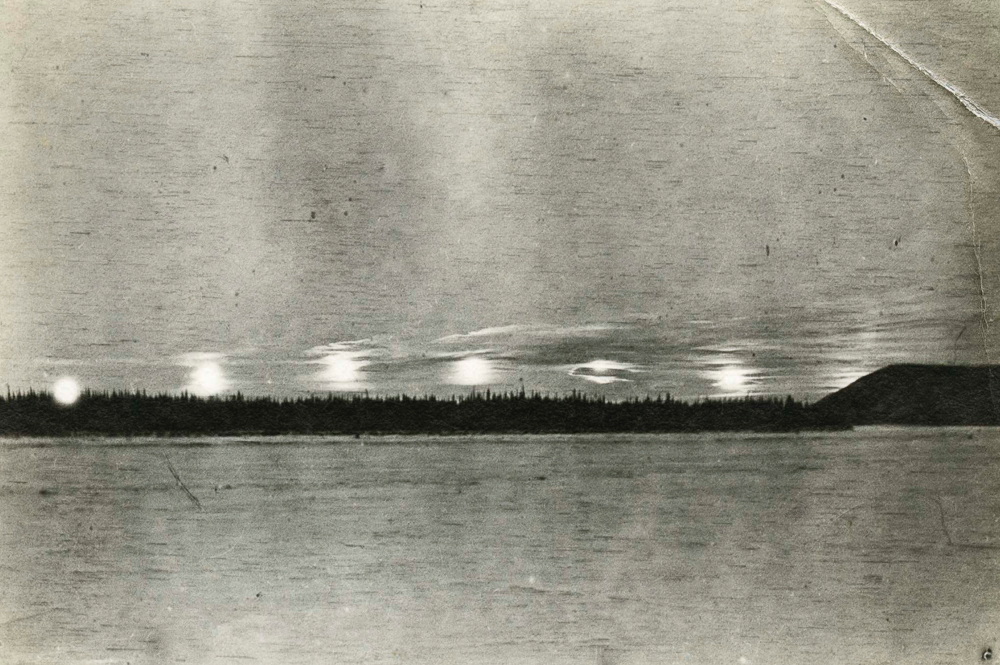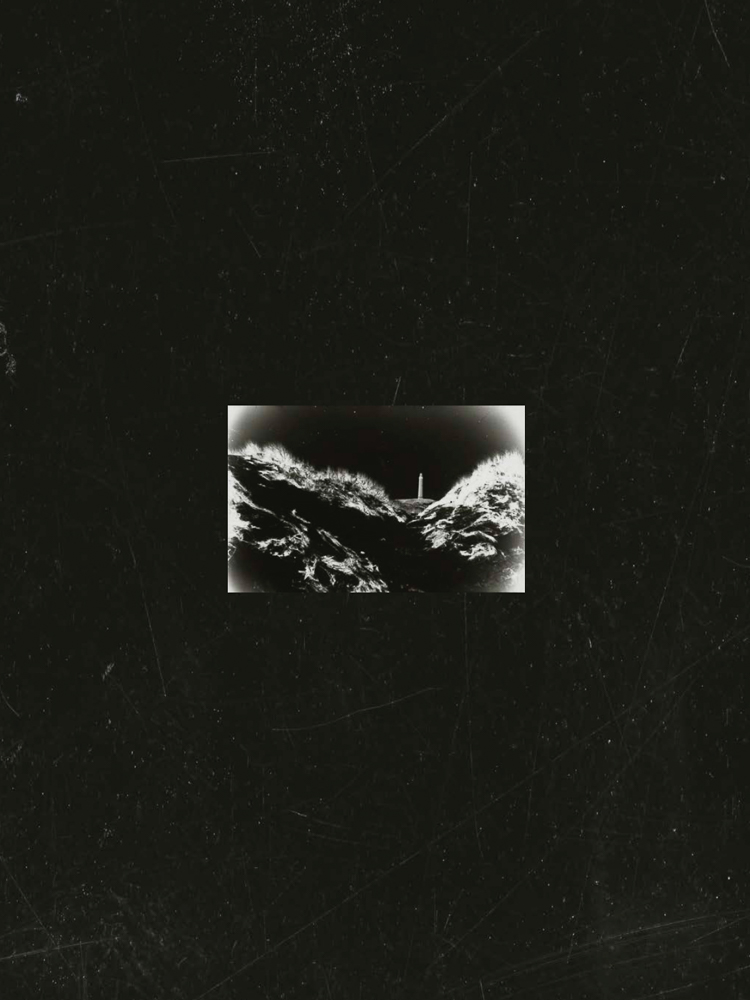Yael Eban: False Lighthouse
In the final pages of To the Lighthouse, Virginia Woolf treats readers to one last extended inner monologue from painter Lily Briscoe. Briscoe muses, “Love had a thousand shapes. There might be lovers whose gift it was to choose out the elements of things and place them together and so, giving them a wholeness not theirs in life.” There are indeed lovers, and lovers of images, with such gifts; Yael Eban is one of them. In her new book, False Lighthouse, (published by Meteoro Editions) Eban gives vernacular photographs a new wholeness not possessed in their previous lives.
Eban first cared for the images in False Lighthouse as an archivist for the Peter J. Cohen Collection, a private collection of over 60,000 found photographs from the 20th century. Cohen’s images have been culled from disparate flea markets, eBay sellers, and commercial dealers over the course of at least twenty years. Such a collection could have easily laid dormant, or simply remained the pride and joy of the collector alone. Fortunately, images from the Peter J. Cohen Collection have been exhibited and remixed in a variety of museum shows and publications since 2011. So, while this is a well utilized and malleable archive, it should be noted that Eban played a pivotal role in structuring this wide spectrum of images.
Eban is one of just three archivists who have worked to organize the Cohen Collection into categories to aid access and, perhaps, also to aid in creating connections between images. Unlike many institutional archives that must abide by standardized metadata, the Cohen collection is searchable by categories such as: At Play, Bad Habits, Camera in Frame, Dressed Alike, and The Ends. Eban’s work as a caretaker of images, and associations, has now led to her to create her own associative photobook project.
Materially speaking, False Lighthouse is a pleasure to hold and behold. At just 7×9 inches the scale recalls a classic Moleskine notebook, thus inviting the same kind of hand-held intimacy. The end papers too are striking and well utilized with a repeating pattern that cleverly suggest the Fresnel lens that is used to focus and extend the light emitted from a lighthouse lamp. The photographs themselves are treated just as thoughtfully. Views of the ocean, from ship and from shore, and of course, lighthouses, could easily become repetitive. Yet Eban’s, selections are both cohesive and unexpected, demonstrating her sequencing prowess. The preservation of each photographs unique surface markings also aids in creating visual variety, but these elements are not merely ornamental. Borders, scratches, and dust emerge as a focal point in the narrative, particularly in the final section. Gladly, the warm matte paper preserves all the luscious marks and impressions from the previous lives of these meticulously selected photographs. But the true joy of False Lighthouse is the cognitive leaps it inspires. False Lighthouse thrives on the reader’s willingness to make connections and to construct their own inner monologue.
It is not surprising then that Eban’s project is, in part, a tribute to Virginia Woolf’s iconic text. To quote Eban, “The design of this book pays homage to Virginia Woolf’s seminal work To the Lighthouse, a novel which functions almost as a psychological poem, straining against the restrictions of traditional narrative and playing with our perceptions of time.” While the design and construction of this book is described as an homage, I’ll go one step further and say that False Lighthouse also serves as a kind of visual adaptation of the novel. In reading the book jacket description of my own copy of To the Lighthouse, the publisher describes Woolf’s, “innovative use of nonlinear plot, stream-of-consciousness, and varying narrators to transform the apparently ‘normal’ incidents in the life of the Ramsay family.” Ramsay’s aside, False Lighthouse operates similarly via visual montage. Eban constructs a narrative that actually echoes the three sections of the novel and their emotional resonances. Eban’s narrative is also nonlinear and constructed in an associative mode. And to complete the trifecta, by using vernacular photographs made by numerous photographers, False Lighthouse fluently utilizes varying narrators, much like Woolf.
While Eban herself may not claim that her project is a visual adaption, she is certainly conscious of her role in constructing a complex narrative. Again, to quote Eban, “I pushed myself to create a new narrative that is both telling a story and also describing the found photograph as a unique and tactile object that has lived a life of its own. I wanted to embrace the dust and scratches on the surface of the photos as visual material.” So, while there is more than a tip of the hat to Woolf at play in False Lighthouse, Eban’s book also serves as a meta investigation of photographic longevity, materiality, and perception. To this end, the other important reference that is needed to fully unpack this project is the literal definition of the book’s title.
At the heart of False Lighthouse, in fact the very center of the book, Eban reveals the meaning of the term: “a false coastal light (or the extinction of a light) which lures ships onto rocky shores. Nautical legend has it that pirates and wreckers deliberately decoyed vessels onto coasts using false lights so that they crashed ashore for easy plundering.” I can think of no better metaphor for describing the slippery territory that comes along with conceptual uses of anonymous snapshots or vernacular photography. Once decried, but now largely accepted as valuable personal heirlooms and historic artifacts, vernacular photographs are often shiny lures to collectors and artists alike. And many of those who attempt to follow the lure are indeed brought to critically rocky shores. But False Lighthouse is not so easily plundered. Eban has likely witnessed previous shipwrecks first hand as a caretaker of the Cohen Collection. She wisely avoids the realms of preciousness, overwrought theory, and tired clichés. And in the process of navigating these choppy waters Eban has instead created a visually captivating book that is also unapologetically cerebral and poetic.
Yael Eban is an Israeli lens-based artist who lives and works in Brooklyn, NY. She earned an MFA in Photography & Video at the School of Visual Arts in New York. Her work has been exhibited most recently at Stellar Projects (NYC), FJORD (Philadelphia), Center for Creative Photography (Tucson), and Houston Center for Photography. She has been featured in Hyperallergic, Artsy, Collector Daily, and FADER. Eban has attended residencies at MASS MoCA, Wassaic Project, and Vermont Studio Center. She is co-director of the NYC branch of Tiger Strikes Asteroid, a non-profit network of artist-run spaces. IG @yaeleban
False Lighthouse: a false coastal light (or the extinction of a light) which lures ships onto rocky shores. Nautical legend has it that pirates and wreckers deliberately decoyed vessels onto coasts using false lights so that they crashed ashore for easy plundering.
Comprised entirely of vernacular photographs from the Peter J. Cohen Collection, False Lighthouse is my layered examination of photography’s material and metaphysical attributes. Acting both as an archivist and an artist, I explore the possibilities embedded in these vernacular images, extending them into a seductive and lyrical meditation. The book is edited and sequenced into a mysterious flow through menacingly rocky cliffs, puzzling splashes of ocean mist, and disorienting flares of the sun, culminating in a sense of suspense.
Ultimately, my goal was to create a book comprised entirely of found photos that transcended the usual projects within the vernacular genre. Books that illustrate one topic with snapshots are whimsical but can fall flat. I pushed myself to create a new narrative that is both telling a story and also describing the found photograph as a unique and tactile object that has lived a life of its own. I wanted to embrace the dust and scratches on the surface of the photos as visual material, so I zoomed in on the darkest parts of the photos to create the black pages in the second half of the book.
The design of this book pays homage to Virginia Woolf’s seminal work To the Lighthouse, a novel which functions almost as a psychological poem, straining against the restrictions of traditional narrative and playing with our perceptions of time. Woolf described the structure of her novel as if it were a letter H, or “two blocks joined by a corridor.” False Lighthouse, too, exists on parallel planes, with the two essays at the center by Leah Ollman and Anna Lee bridging the divergent photographic narratives that flank them on either side. – Yael Eban
Posts on Lenscratch may not be reproduced without the permission of the Lenscratch staff and the photographer.
Recommended
-
Salua Ares: Absense as FormNovember 29th, 2025
-
Ricardo Miguel Hernández: When the memory turns to dust and Beyond PainNovember 28th, 2025
-
Pamela Landau Connolly: Columbus DriveNovember 26th, 2025
-
KELIY ANDERSON-STALEY: Wilderness No longer at the Edge of ThingsNovember 19th, 2025
-
Jackie Mulder: Thought TrailsNovember 18th, 2025

